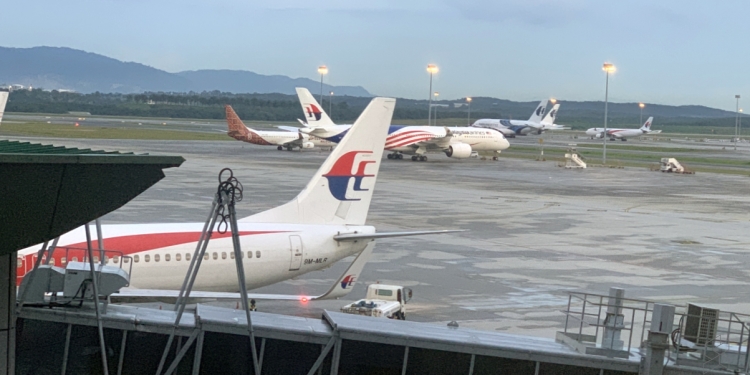It was recently reported that 5G network deployment in the United States could pose a safety risk to aviation as the C-band frequency could interfere with an aircraft radio altimeter. The Federal Aviation Administration (FAA) as well as Boeing and Airbus, have raised the concerns in the past month. According to Reuters, American telcos such as AT&T and Verizon Communications were told to delay their 5G rollout until a solution is found.
What’s a radio altimeter?
A radio altimeter is equipment used by aircraft to measure its altitude above the terrain. Integrated into modern aircraft systems, data from the altimeter is used for automation which changes the aircraft handling qualities and prepares other systems such as ground spoilers and thrust reversers for landing.
Unlike a barometric altimeter which provides altitude above sea level, a radio altimeter provides precise height information by measuring the radio waves emitted by the aircraft and bouncing them off the ground. It is primarily used during landing at airports especially during low visibility. If you’ve watched aviation videos, you would probably hear the altitude call out in the cockpit “50, 40, 30, 20, RETARD.. RETARD”.
According to a statement by the Air Line Pilots Association (ALPA), interference from 5G signals could cause loss of radar altitude information or incorrect radar altitude information being generated. An incorrect radar altitude may cause fatal accidents like the Turkish Airlines flight 1951 in Amsterdam on 25 February 2009.
Airlines have warned that the interference in the US could disrupt thousands of daily flights and cost over USD 2 billion annually in delays. United Airlines CEO Scott Kirby said, unless something changes, airlines will not be able to use radio altimeters at 40-something of the largest airports in the country.
Does Malaysia’s 5G network interfere with radio altimeters?
We’ve reached out to the Malaysian Communication and Multimedia Commission (MCMC) for clarification about the potential 5G interference and they have issued us the following statement:
The aircraft radio altimeter works in the range of 4.2-4.4 GHz. In the US, 5G operating in the C-band is different from most countries including Malaysia, which is in the range of 3.7-3.98 GHz. In Malaysia, our C-band for 5G is in 3.4-3.6 GHz.
It is important to understand that our 5G usage is much further down on the C-band with a broader guard band. This is similar to best practices in Europe and Singapore, where to date, no aviation concerns have been raised.
In light of the topic raised by the US Federal Aviation Authority on potential interference, we are proactively discussing with Civil Aviation Authority of Malaysia (CAAM) to clear any concerns from the Malaysian aviation perspective.
-MCMC
To recap, Malaysia has 3 spectrum bands for 5G namely, 700MHz, 3.5GHz, and 26/28GHz. At the moment, Digital Nasional Berhad is primarily deploying 5G using the 3.5GHz band and the network currently covers selected areas in Kuala Lumpur, Putrajaya, and Cyberjaya.
As explained by the MCMC, 5G in Malaysia shouldn’t cause any interference to the aviation industry as it utilises the C-band range of 3.4GHz to 3.6GHz, which is below the 4.2GHz to 4.4GHz range utilised by aircraft. The US uses 3.7-3.98 GHz for 5G which is much closer to the range used by radio altimeters.








